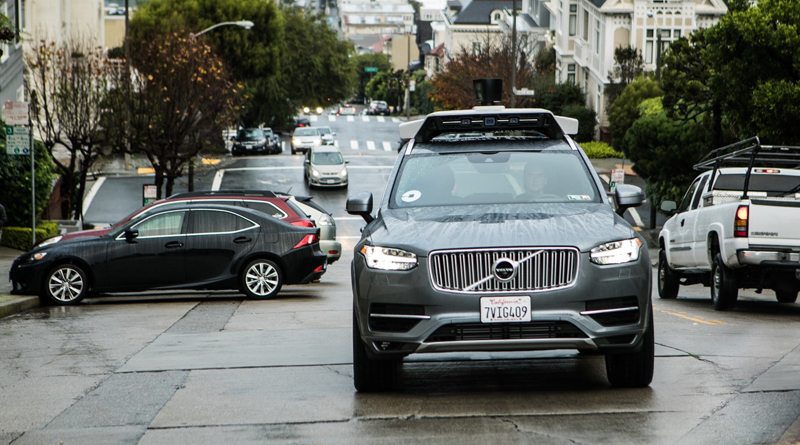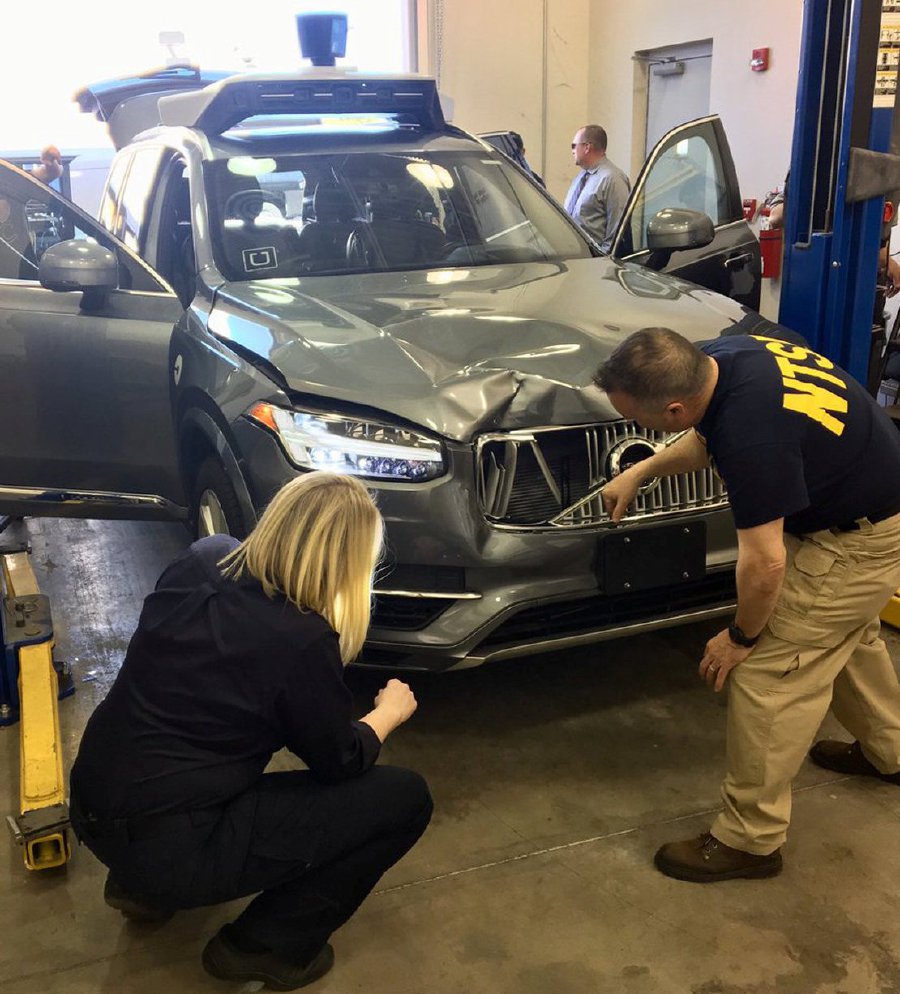Experts: a human driver at the Uber autopilot could avoid a fatal collision

Pedestrians die thousands every day on the roads of different countries under the wheels of cars. Someone - because of their carelessness, someone else - through carelessness or even malicious intent of drivers. It also happens that fatal consequences result in a confluence of circumstances.
Conventional accidents are not too attracted the attention of people, in contrast to accidents involving romo mobile. Vehicles of the new type appeared not so long ago on the roads, and, of course, they arouse great interest of both specialists and ordinary people. A recent accident with a deadly death for pedestrians involving the Uber robot continues to acquire additional details. Moreover, these are not rumors, but data based on the analysis of the situation.
According to experts , if a man drove the car, he could react to the problem faster by stopping the car before the collision. They also believe that the sensors of the car were supposed to detect the injured, 49-year-old Elaine Herzberg, long before the collision, even in the circumstances in which the accident occurred. It is worth recalling that it was already dark when she decided to cross the road.
')
The accident in question is a rather serious (at the moment) test of the strength of the “robomobili safer than a car + driver” position. All this cannot be considered a serious statistical sampling, but in the USA one death as a result of an accident happens to be about 138 million km driven by cars on the roads. As for the ro-mobiles, they have driven no more than 35 million km. But if we take into account the number of conventional cars and robotic cars, it becomes clear that at the moment it is impossible to compare all this.
Zachary Moore, an engineer at Wexco International Corp., has been working on restoring the history of accidents and disasters for over a decade. So, he analyzed the shooting and decided that an ordinary driver on a dry road (and she was exactly like that at the time of the accident) would have reacted much faster, hitting the brakes much earlier than a rover.
Experts do not understand why the mobile is not stopped. They believe that the lidar and radar absolutely exactly had to detect an obstacle on the road, as well as identify it as a moving object, and not a fixed obstacle. Perhaps the system just crashed. But the lack of attention of the “safety driver”, who at that time did not pay attention to what was happening, did not prevent the incident.
The video, which was distributed earlier, showed that the woman was clearly visible on the road. It moved with normal speed for a pedestrian, but, unfortunately, outside the junction. The car did not even slow down, and the woman who suffered from the blow, later died from her injuries already in the hospital.
“Uber will have to explain what happened,” said Mike Ramsey, an analyst at Gartner Inc., which focuses on autonomous driving technology. "There are only two possible explanations: the sensors did not detect the woman, or the AI decided that this is not the obstacle that is necessary to stop."

The Uber robotic system includes radar, cameras and lidar, which uses laser light to detect objects. The system allows you to identify obstacles around the car without the "dead zones". Experts familiar with the technology, called the situation strange, because the lidars had to find a woman at a distance of about 100 m from the car, regardless of the lighting.
At the moment, Uber's romance mobiles are parked. They will not be able to resume movement until the situation has been fully explained.
Those 100 meters with the head would be enough for a person to hit the brakes. The woman could be seen very well, if only because she was on the road with her bicycle, which was pushing. By the way, what is shown in the video contradicts the words of the head of the police of the locality where this road is located. He had previously claimed that a woman had appeared in front of a car unexpectedly, so the system of the mobile was not able to react.
Anyway, this week, Uber said that it stops all tests with its mobile vehicles on public roads in Pittsburgh, San Francisco, Toronto and other regions. After Uber suspended testing of cars with automatic control system and other companies, including Toyota.
Source: https://habr.com/ru/post/411055/
All Articles